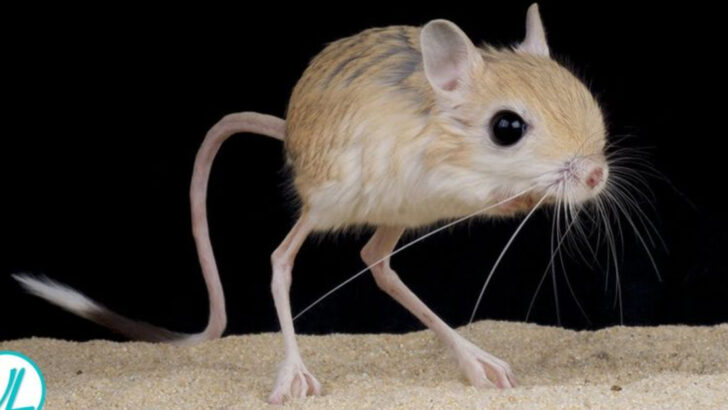Prepare to be amazed by the tiniest wonders of the animal kingdom! Some of the most enchanting creatures on Earth are miniature marvels, packed with charm and personality despite their small size. These pint-sized animals might be easy to miss, but they pack a punch of cuteness that’s impossible to ignore.
From monkeys that fit in the palm of your hand to tiny marsupials that could be mistaken for stuffed toys, these little creatures will steal your heart in an instant. Each one is a testament to nature’s ability to create beauty in the most unexpected forms.
So get ready for a wild ride through the world of miniature animals that will leave you awestruck. These 23 adorable creatures are not just small—they’re a reminder that sometimes the best things come in the tiniest packages!
Pygmy Marmoset
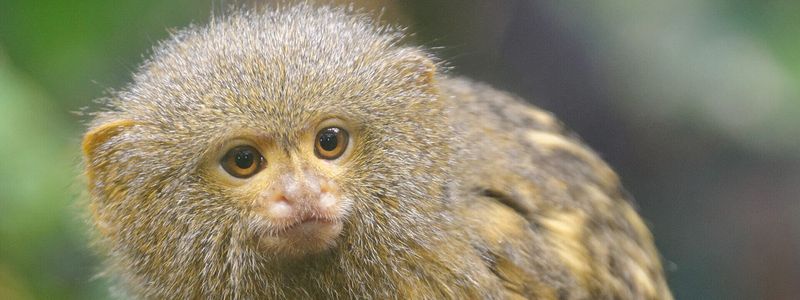
The Pygmy Marmoset, often called the finger monkey, is the world’s smallest monkey. Weighing just about 3.5 ounces, this adorable primate can fit comfortably in your hand.
Found in the rainforests of the Amazon Basin, they are known for their playful nature and social behavior. Their diet mainly consists of tree sap and insects, which they skillfully extract using their sharp teeth.
Pygmy Marmosets are incredibly agile, leaping between trees with ease. Their vocal communications are complex, involving a mix of whistles and chirps that help them stay connected to their group. Truly, they are fascinating creatures!
Fennec Fox
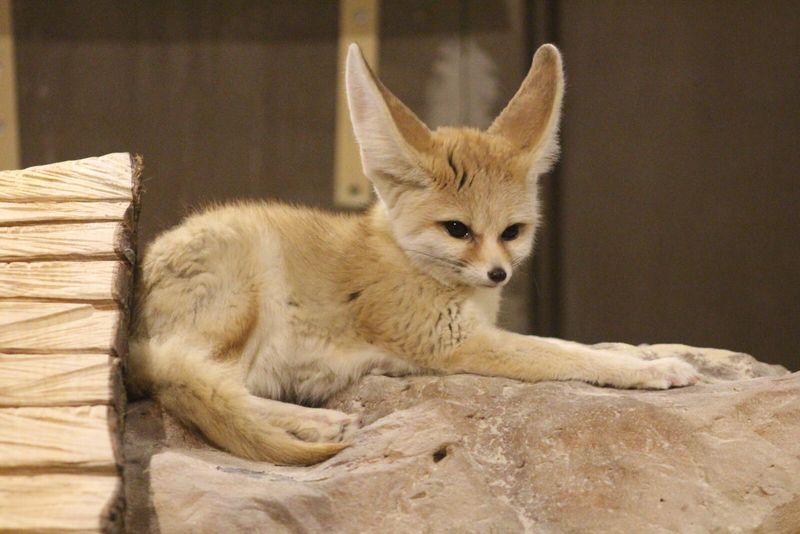
The Fennec Fox, native to the Sahara Desert, is the smallest fox species. Its most distinctive feature is its large ears, which not only make it adorable but also serve to dissipate heat and locate prey underground.
Weighing up to 3.5 pounds, these nocturnal animals are well-adapted to their harsh environment. They primarily hunt small rodents and insects and are known for their impressive leaping abilities.
Social by nature, Fennec Foxes often live in small communities, communicating using varied vocalizations. Despite their desert origins, they make popular pets due to their playful demeanor.
Dwarf Gecko
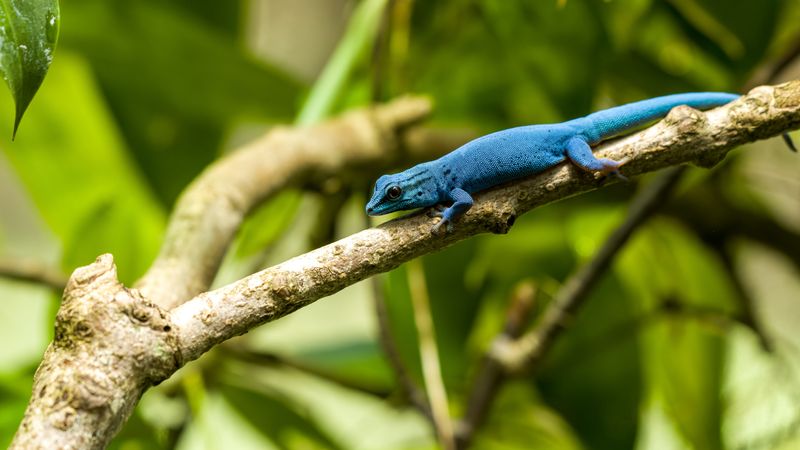
Dwarf Geckos are among the tiniest reptiles, with some species measuring just over an inch in length. These miniature lizards are found in various tropical regions, where they thrive in warm and humid environments.
Their vibrant colors and intricate patterns make them fascinating to observe. These geckos are excellent climbers, thanks to their specialized toe pads that allow them to adhere to various surfaces.
Feeding primarily on small insects, they play a crucial role in controlling pest populations. Dwarf Geckos are truly a testament to nature’s ability to create beauty in miniature form.
Bumblebee Bat
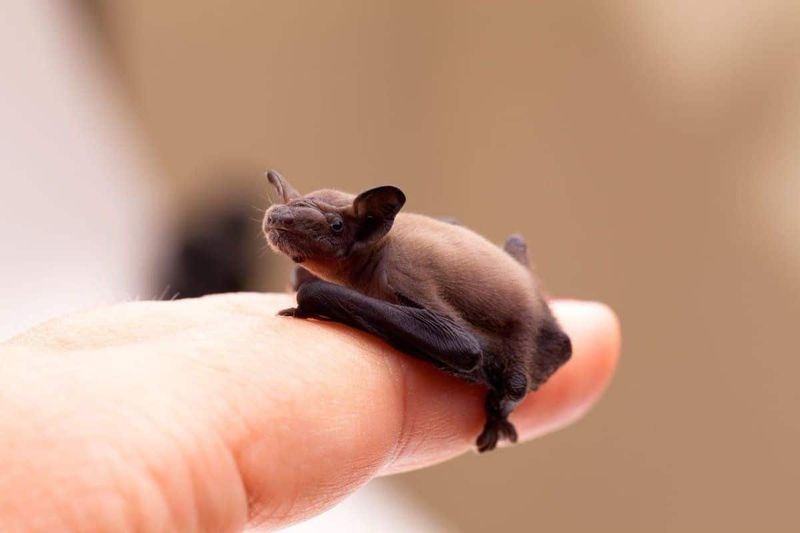
The Bumblebee Bat, also known as Kitti’s Hog-nosed Bat, holds the title of the world’s smallest bat. With a wingspan of approximately 5.7 inches and a weight of just 2 grams, it is a marvel of miniature engineering.
Found in the limestone caves of Thailand and Myanmar, these bats are elusive creatures. They feast on insects, using echolocation to navigate and hunt in the dark.
Despite their small size, Bumblebee Bats play a significant role in their ecosystem by controlling insect populations. Observing them in flight is witnessing a delicate balance of agility and grace.
Etruscan Shrew
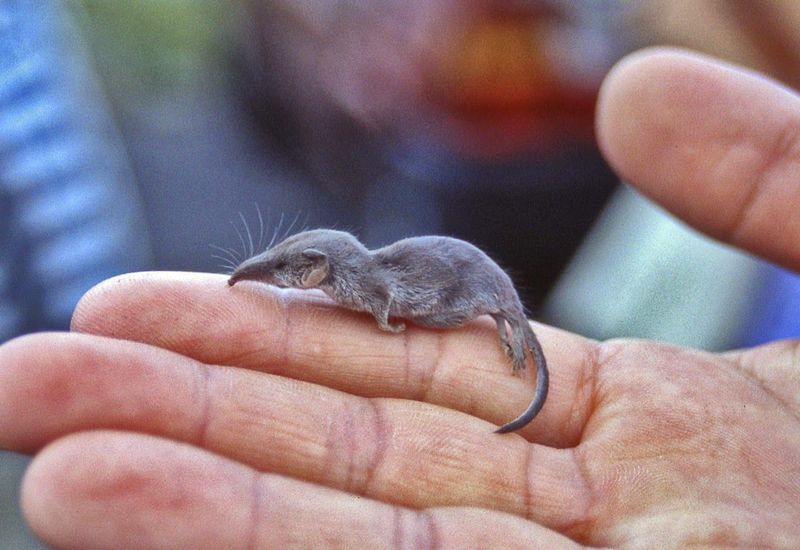
The Etruscan Shrew is the world’s smallest mammal by mass, weighing just 1.8 grams on average. This tiny creature is a whirlwind of energy, with a heart rate that can exceed 1,200 beats per minute.
Found across Europe and North Africa, they inhabit dense vegetation and leaf litter. Their diet consists mainly of insects and other small invertebrates, which they must consume frequently due to their high metabolism.
Despite their size, Etruscan Shrews are fierce hunters, using their sharp senses to locate prey. Observing their rapid movements is a testament to the wonders of nature.
Speckled Padloper Tortoise
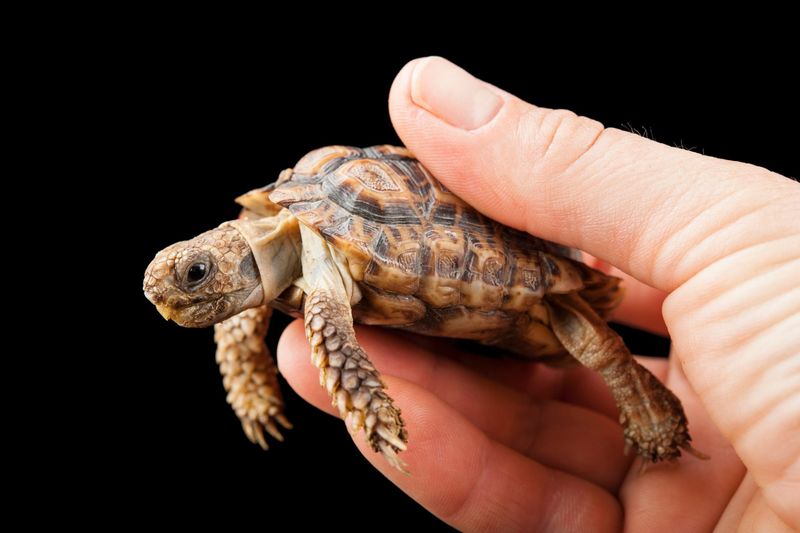
The Speckled Padloper Tortoise, native to South Africa, is the smallest tortoise species in the world. Measuring up to 4 inches long, it is a true miniature marvel.
This tiny tortoise is well-camouflaged among the rocky outcrops where it resides, making it a challenge to spot in the wild. Their diet consists mainly of small plants and succulents, which they graze on with precision.
The intricate patterns on their shells provide excellent protection from predators, blending seamlessly with their surroundings. Despite their size, these tortoises are resilient and fascinating creatures.
Philippine Tarsier
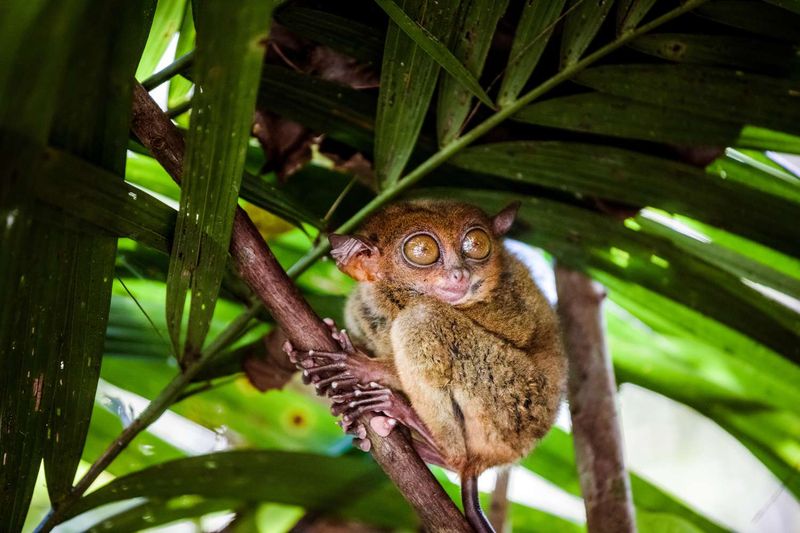
The Philippine Tarsier is a small primate native to the forests of the Philippines. Known for its enormous eyes, which are perfect for nocturnal vision, this creature is a master of stealth and agility. Weighing around 4 to 5 ounces, they are among the smallest primates in the world.
Their diet primarily consists of insects, and they are skilled hunters, capable of leaping great distances to catch their prey. Philippine Tarsiers are solitary animals, known for their unique vocalizations that help them communicate. Observing them is like peering into the mysteries of the night.
Dik-Dik
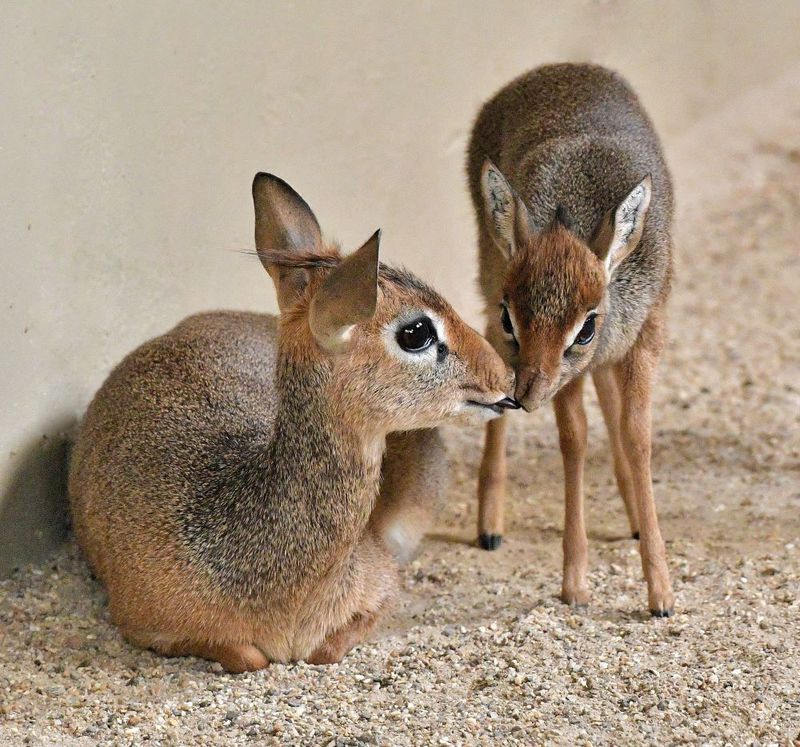
Dik-Dik
The Dik-Dik is a tiny antelope that resides in the savannahs of Eastern and Southern Africa. Standing just over a foot tall, these delicate creatures are known for their large, expressive eyes and petite stature. They are named for the chirping sound they make when alarmed.
Despite their small size, Dik-Diks are incredibly agile and can swiftly navigate through their grassland homes. They live in pairs and are monogamous, often seen foraging in the early morning or late afternoon to avoid the scorching midday sun. Their ability to remain hidden from predators is a key to their survival.
Dik-Diks are herbivores, primarily feeding on leaves, shoots, fruits, and berries. The soft, muted colors of their fur help them blend seamlessly into their environment, making them a perfect example of nature’s adaptation at its finest.
Pygmy Jerboa
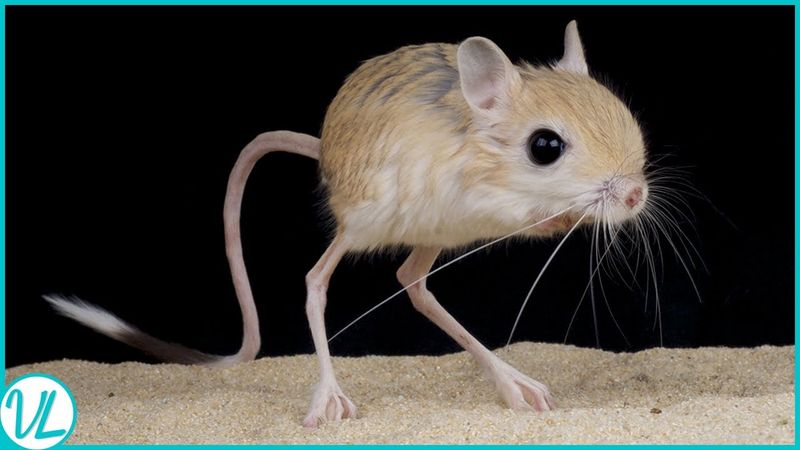
The Pygmy Jerboa is a small rodent found in the deserts of Asia. Known for their disproportionately long tails and large hind legs, these creatures are built for speed and agility. Weighing about 0.13 ounces, they are among the tiniest rodents on earth.
Their unique locomotion involves hopping on their hind legs, similar to kangaroos, allowing them to cover great distances quickly.
Pygmy Jerboas primarily feed on seeds and plants, surviving in their arid environment with minimal water. Observing their swift, playful movements is a delight, showcasing nature’s adaptability.
Brookesia Micra
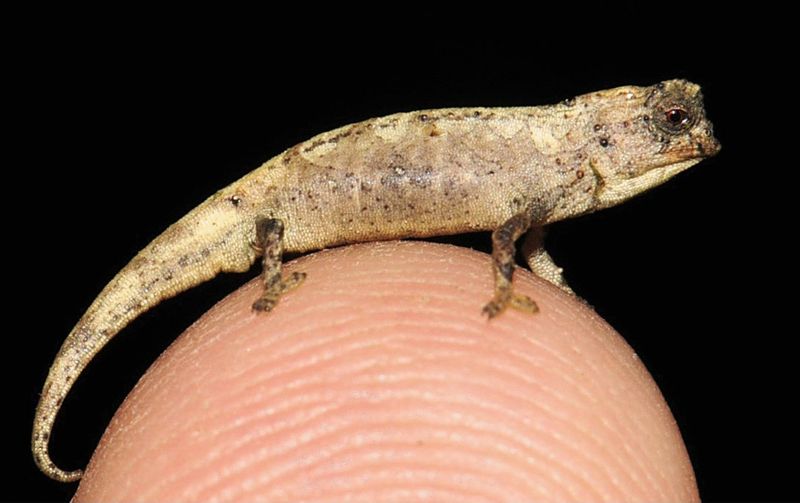
Brookesia Micra is one of the smallest reptiles in the world, a chameleon species native to Madagascar. Measuring just over an inch in length, it is a marvel of miniaturization.
Found in the leaf litter of forests, these tiny chameleons are experts at camouflage, blending seamlessly with their surroundings. Their diet consists mainly of small insects, which they catch with remarkable precision using their sticky tongues.
Despite their size, Brookesia Micra are capable hunters, displaying the classic chameleon ability to change color. They are a testament to the diverse and unique wildlife of Madagascar.
African Pygmy Hedgehog
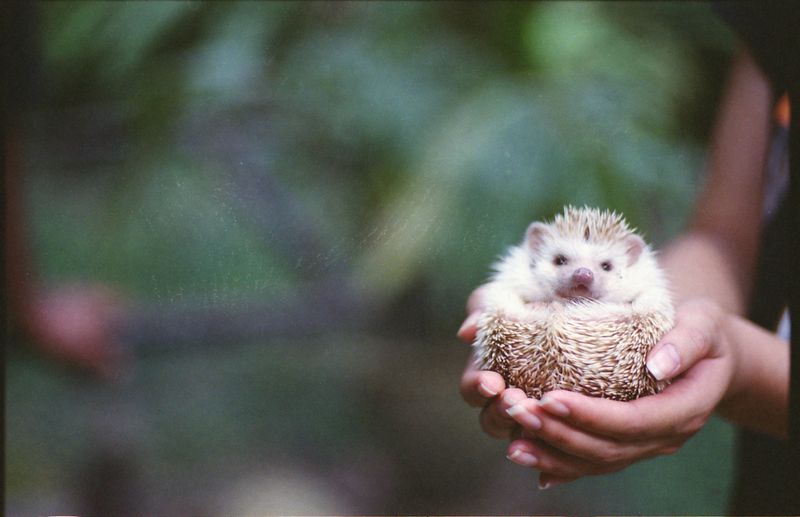
African Pygmy Hedgehog
The African Pygmy Hedgehog is a popular pet known for its small size and charming personality. Native to Africa, these hedgehogs are easily recognizable by their spiky quills and curious eyes.
They are nocturnal creatures, often active during the evening hours, and require a stimulating environment to thrive. These hedgehogs enjoy exploring and can be seen roaming around their habitats in search of food or adventure.
Caring for an African Pygmy Hedgehog requires knowledge of their dietary and environmental needs. They primarily feed on insects, supplemented with fruits and vegetables, making them relatively easy pets to maintain for those willing to offer a nurturing home.
Rusty-Spotted Cat
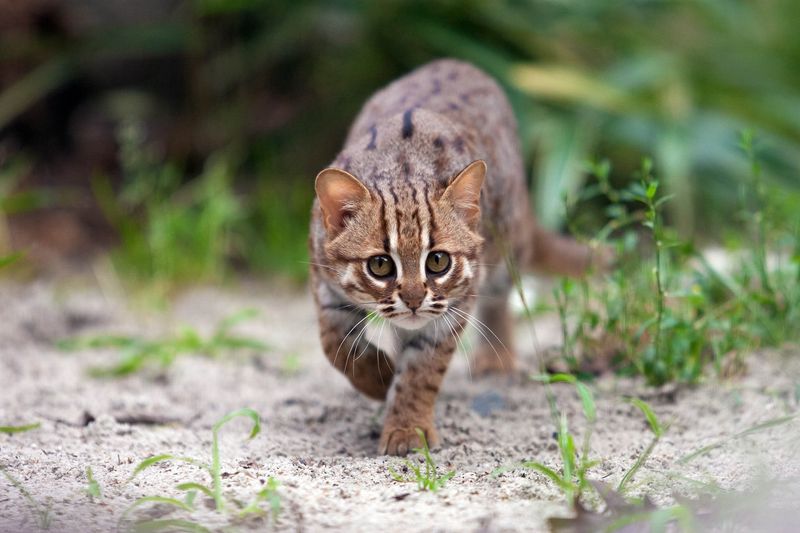
Rusty-Spotted Cat
The Rusty-Spotted Cat, found in India and Sri Lanka, is one of the world’s smallest feline species. Measuring just about the size of a domestic kitten, this wild cat is notable for its rusty-colored coat adorned with spots.
Despite their diminutive size, these cats are formidable hunters, preying on small mammals, birds, and insects. Their agility and stealth make them successful in the dense forests they inhabit.
Primarily nocturnal, the Rusty-Spotted Cat is an elusive creature, often difficult to spot in the wild. Their secretive nature and unique beauty have captured the fascination of wildlife enthusiasts worldwide.
Pygmy Goat
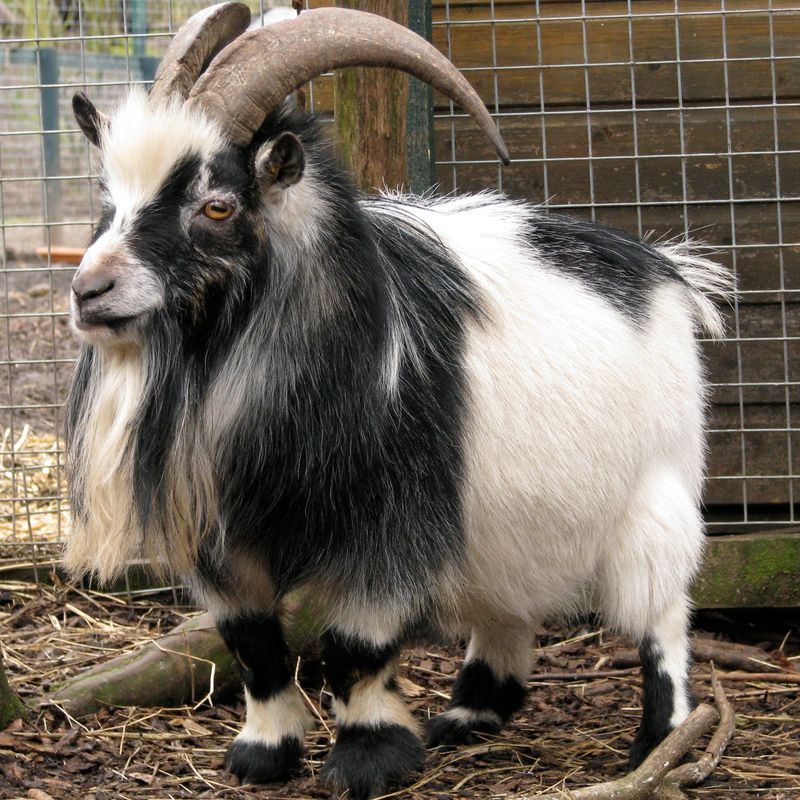
Pygmy Goats, originating from West Africa, are miniature goats known for their friendly and playful nature. Weighing between 35 to 60 pounds, they are compact and robust, making them popular as pets and in petting zoos.
Their diet consists of hay, grasses, and grains, and they require minimal space and care compared to larger goat breeds. Pygmy Goats are social animals, often seen interacting playfully with humans and other animals.
Their curious and intelligent demeanor makes them a favorite among animal enthusiasts, providing endless entertainment and companionship.
Western Pygmy Possum
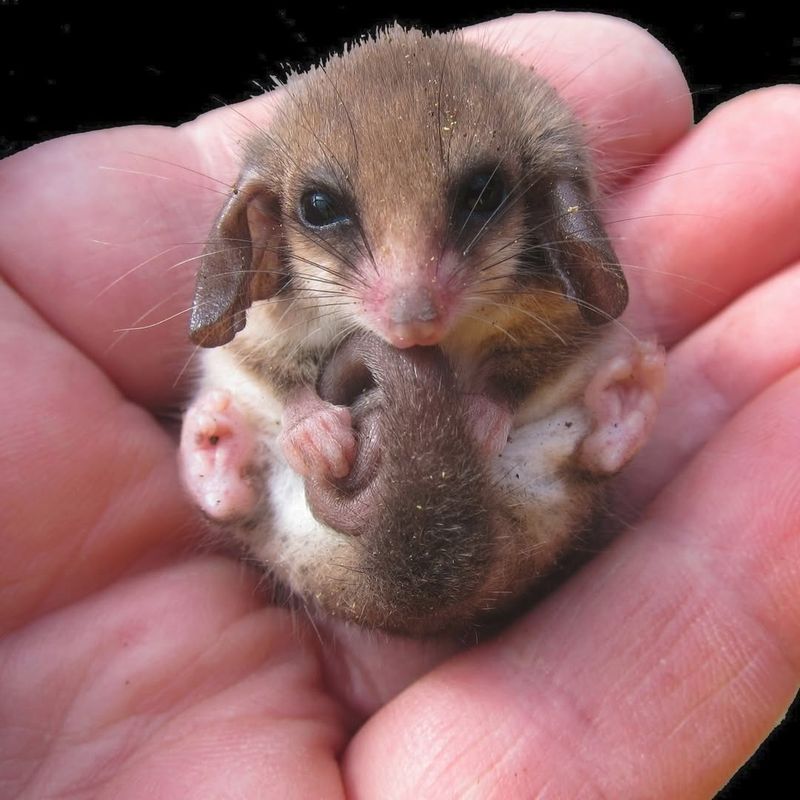
The Western Pygmy Possum, native to Australia, is a tiny marsupial known for its adorable appearance and bushy tail. Weighing just 10-15 grams, they are among the smallest possum species in the world. These nocturnal creatures are often found in eucalyptus forests, feeding on nectar and pollen.
Their prehensile tails aid in climbing and foraging, while their large eyes enhance night vision. Western Pygmy Possums play a vital role in pollination, contributing to their ecosystem’s health.
Observing their gentle movements among the blossoms is a heartwarming sight, showcasing Australia’s unique wildlife.
Panda Ant
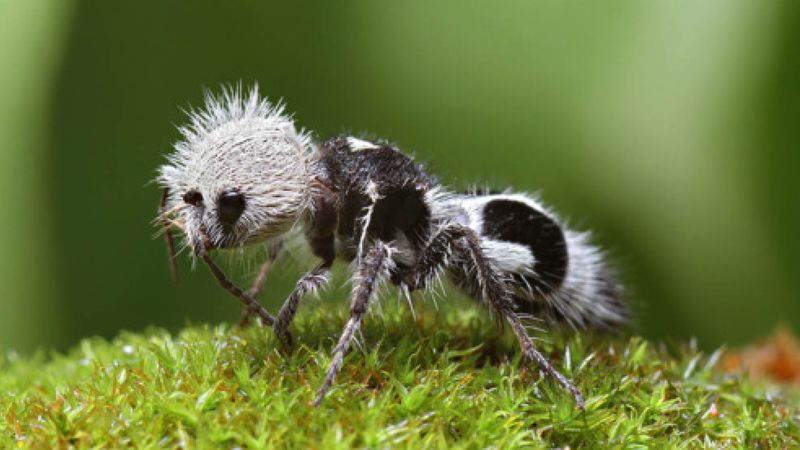
The Panda Ant, despite its name, is not an ant but a wingless wasp species known for its striking resemblance to a panda. Found in Chile, their unique black-and-white coloration serves as a warning to predators of their painful sting.
These tiny wasps are solitary and spend much of their time foraging for nectar. Their role in the ecosystem includes pollination and controlling other insect populations.
Though small, Panda Ants are a reminder of nature’s creativity and the intricate relationships within the animal kingdom. Their charming appearance belies their fierce nature.
Pygmy Seahorse
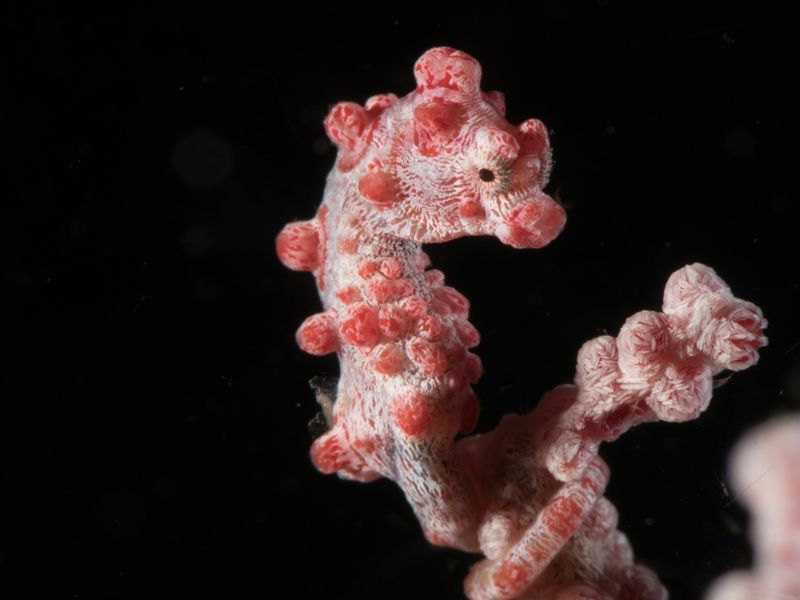
Pygmy Seahorses are among the ocean’s most diminutive inhabitants, measuring less than an inch in length. These tiny creatures are masters of camouflage, blending perfectly with the sea fan corals they inhabit in the Indo-Pacific region.
Their diet consists mainly of tiny plankton, which they consume by using their snouts. Pygmy Seahorses are unique in that the males carry the young in a brood pouch until they are ready to be born.
Observing these miniature marvels is a testament to the wonders of marine life and the ocean’s hidden treasures.
Borneo Pygmy Elephant
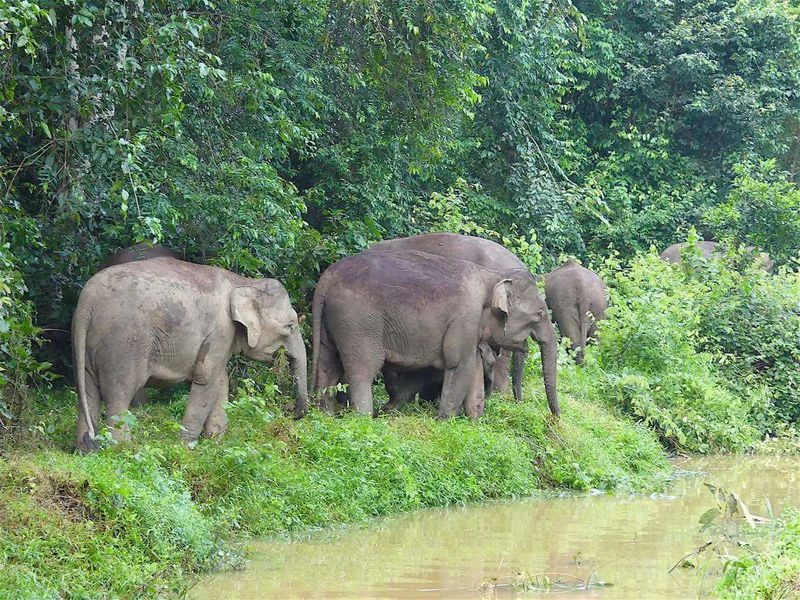
The Borneo Pygmy Elephant, found on the island of Borneo, is the smallest elephant subspecies. Standing at around 8.2 feet tall, they are noticeably smaller than their Asian counterparts. These elephants have a gentle demeanor and are known for their large ears and long tails.
Their diet includes a variety of vegetation, including grasses and fruits. Borneo Pygmy Elephants play a crucial role in their ecosystem by dispersing seeds and creating pathways in the dense forest. Despite their size, they are vital to maintaining the ecological balance in their habitat.
Pygmy Hippopotamus
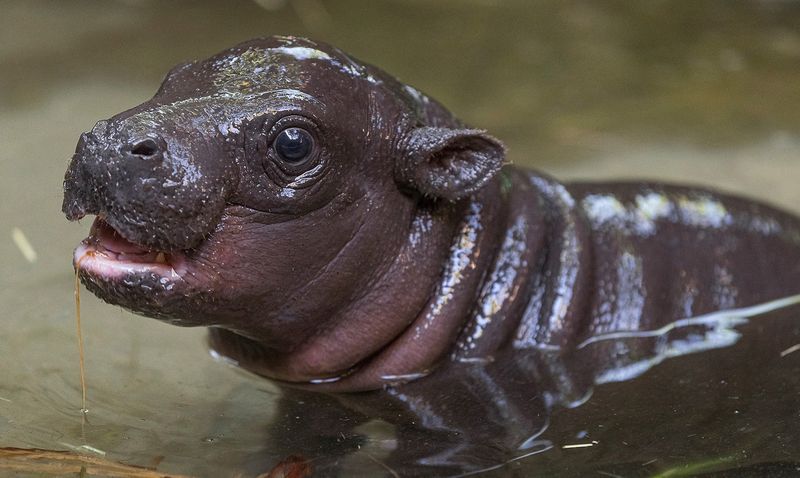
The Pygmy Hippopotamus, native to the forests and swamps of West Africa, is a smaller relative of the common hippopotamus. Weighing between 400 to 600 pounds, they are shy and reclusive creatures, often found alone or in pairs.
With a diet consisting of ferns, fruits, and leaves, they spend much of their time wallowing in water to keep cool. Unlike their larger cousins, Pygmy Hippos are less aggressive and more elusive. Their presence in the wild is a reminder of the rich diversity of life in West Africa’s ecosystems.
Pygmy Three-Toed Sloth
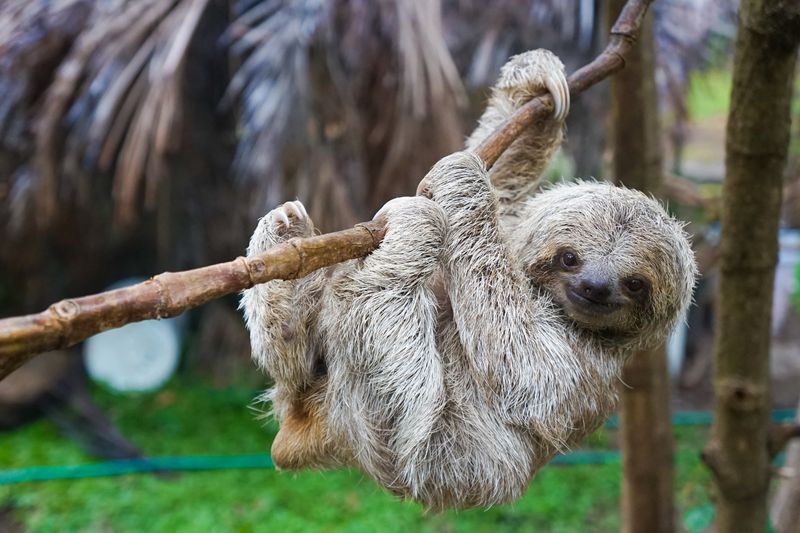
The Pygmy Three-Toed Sloth is found only on Isla Escudo de Veraguas off the coast of Panama. This unique sloth species is smaller than its mainland relatives, weighing around 5-7 pounds.
With a diet primarily consisting of leaves, they spend most of their time hanging from trees, moving slowly and deliberately. Their small size is an adaptation to their limited island habitat.
Pygmy Three-Toed Sloths are critically endangered, making efforts to conserve their habitat essential. Observing their serene lifestyle offers a glimpse into the delicate balance of island ecosystems.
Pygmy Owl
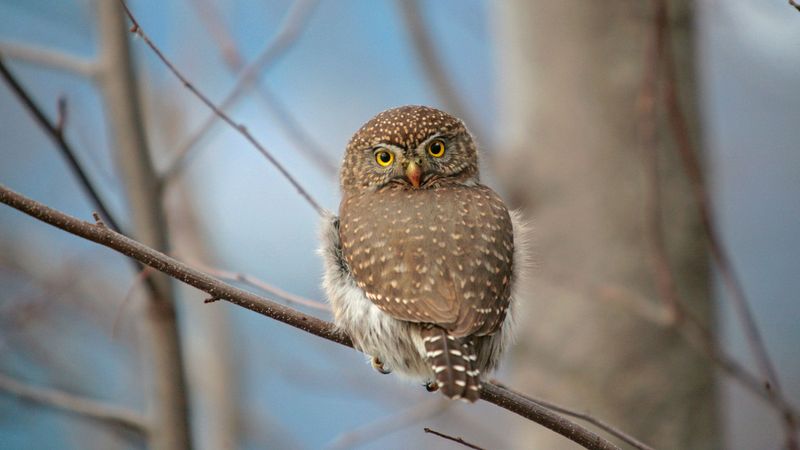
The Pygmy Owl is a small bird of prey found in various parts of the world, including North and South America. Measuring around 6-7 inches in length, they are one of the smallest owl species.
These owls are fierce hunters, feeding on insects and small mammals, which they catch using their keen eyesight and sharp talons. Despite their size, Pygmy Owls are known for their boldness, often taking on prey larger than themselves.
Their distinctive calls echo through the forests, marking their presence. Observing their stealth and precision is truly captivating.
Pygmy Rattlesnake
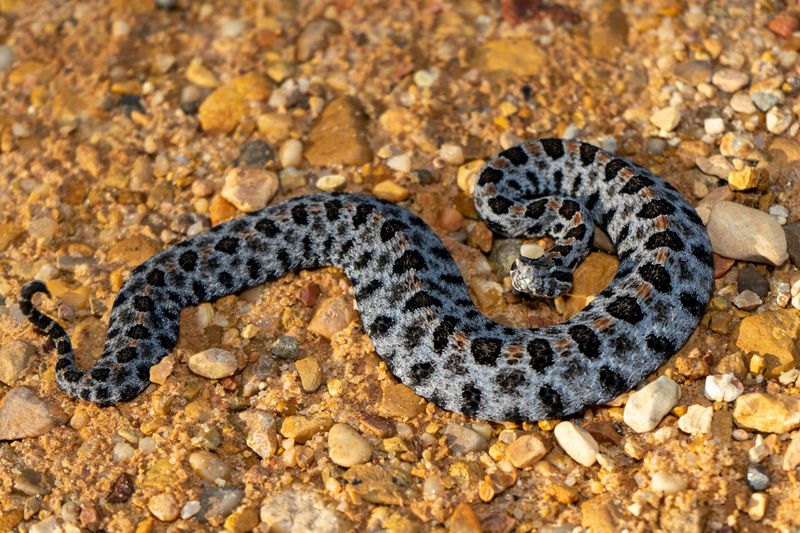
The Pygmy Rattlesnake is a small venomous snake found in the southeastern United States. Measuring about 15-24 inches long, they are the smallest rattlesnake species.
Their diet includes small mammals, amphibians, and insects, which they hunt using their heat-sensing pits to detect prey. Despite their size, they possess a potent venom used for defense and hunting.
Observing a Pygmy Rattlesnake reveals the intricate adaptations of reptiles, showcasing their role in the ecosystem. Their presence is a reminder of the rich biodiversity found in the Southern U.S.
Pygmy Rabbit
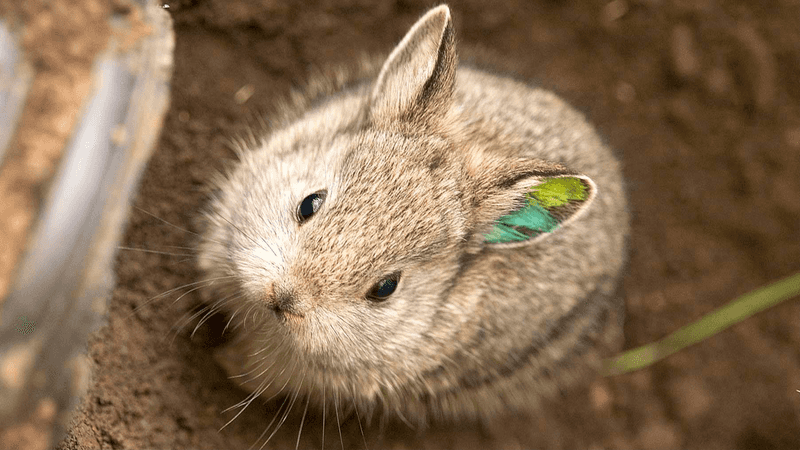
The Pygmy Rabbit, native to the shrub-steppe regions of North America, is the smallest rabbit species. Weighing about 1 pound, they are well-adapted to their arid environment.
Their diet mainly consists of sagebrush, which provides both food and shelter. Pygmy Rabbits are elusive and shy, often hiding within dense vegetation. Their burrowing behavior is crucial for aerating the soil and supporting plant growth.
Observing these tiny creatures in their natural habitat highlights the subtle intricacies of desert ecosystems. They are a testament to the resilience of nature’s smallest creatures.
Pygmy Falcon
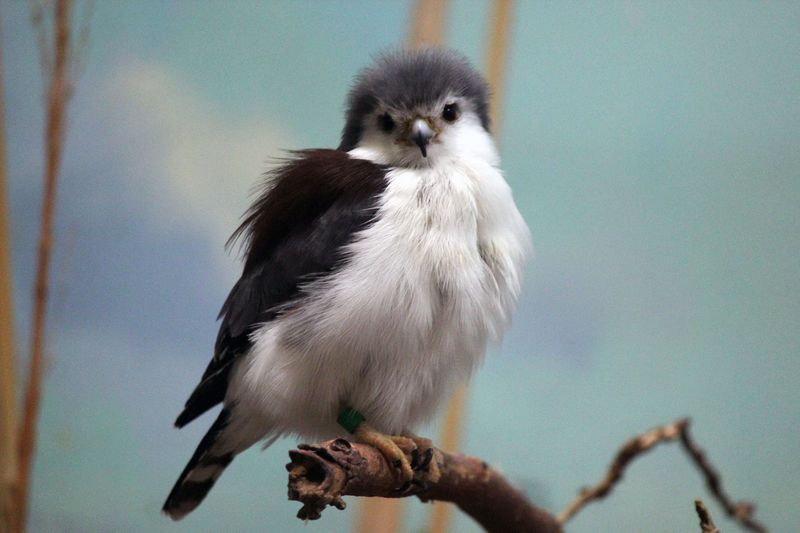
Pygmy Falcon
The Pygmy Falcon is one of the smallest birds of prey, found in the arid regions of Eastern and Southern Africa. Measuring only about 20 centimeters in length, these diminutive raptors are incredibly agile hunters, capable of taking down prey larger than themselves.
With their sharp talons and keen eyesight, Pygmy Falcons primarily feed on insects, lizards, and occasionally small birds. Their striking plumage, characterized by a mix of white, grey, and black, adds to their allure and effectiveness as stealthy predators.
These falcons often nest in the large communal nests of the sociable weaver bird, taking over unused sections. Their adaptive nature and fierce independence make them a remarkable species within the avian world.

